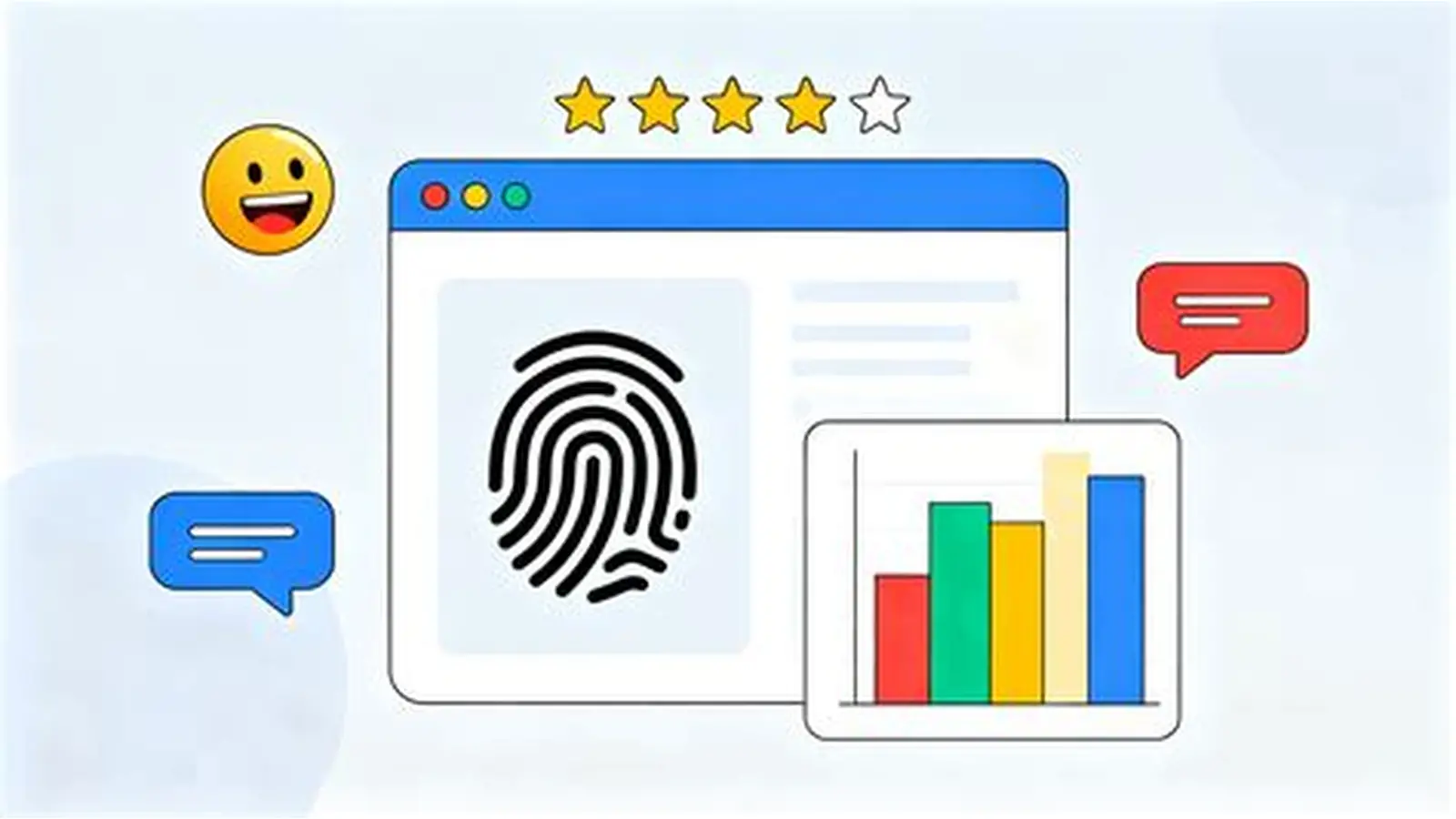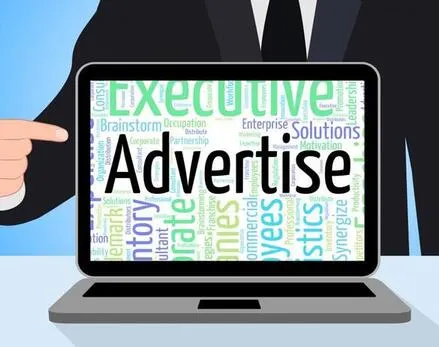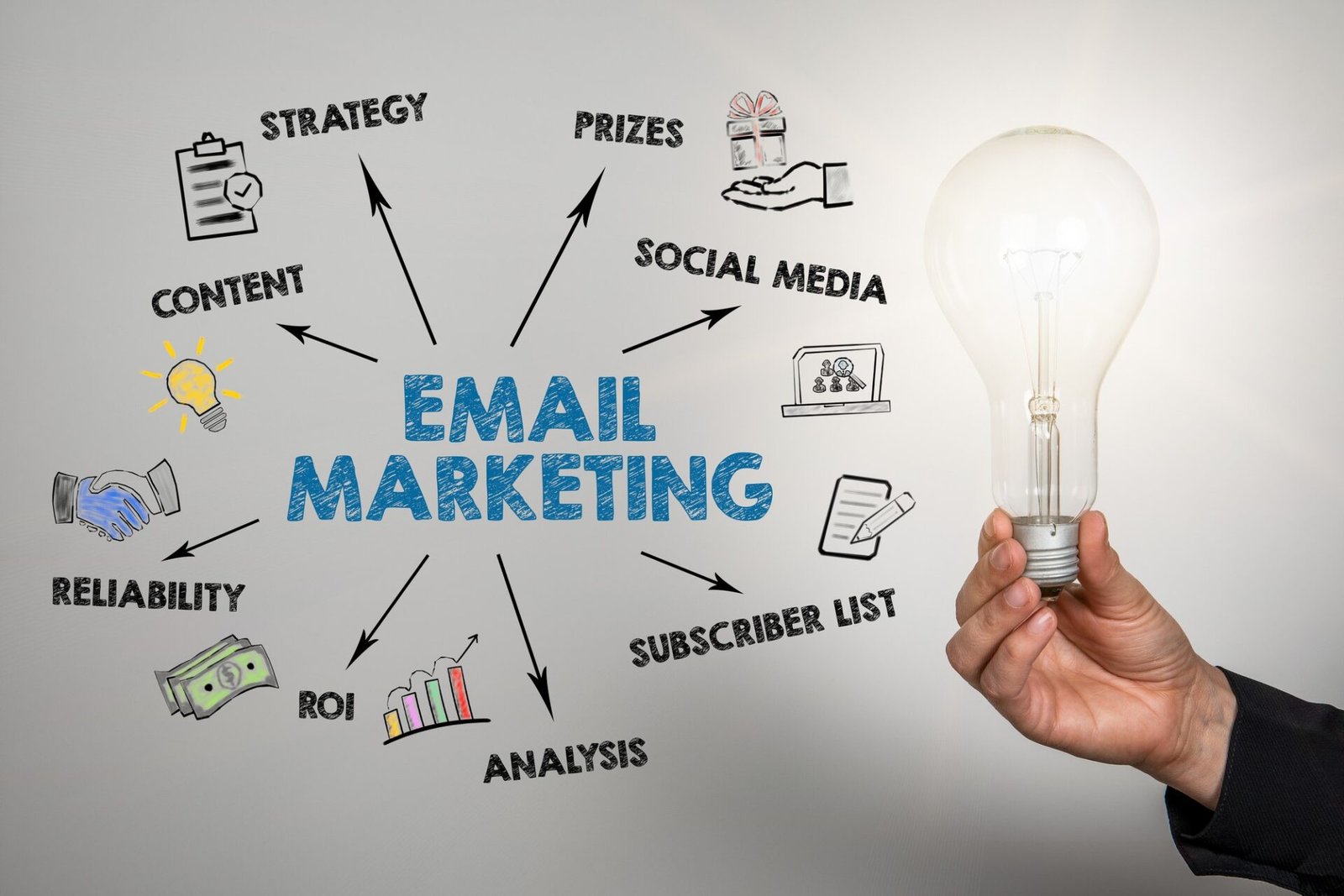Digital advertising is entering a transformative era as third-party cookies phase out in 2025. Cookies have long enabled marketers to track users, deliver personalized ads, and measure campaign performance. With privacy regulations tightening and browser changes limiting cookie use, brands must adopt new strategies to reach and engage audiences effectively.
Emphasizing First-Party Data
First-party data collected directly from users—such as email subscriptions, website interactions, and purchase history—becomes crucial. Brands can leverage this data for personalized marketing while maintaining privacy compliance. First-party insights allow marketers to understand audiences, tailor messaging, and optimize campaigns without relying on third-party tracking.
Contextual Advertising Returns
Contextual advertising targets users based on the content they are consuming rather than their browsing history. By analyzing page topics, keywords, and user intent, advertisers can display relevant ads in real time. Contextual strategies are privacy-friendly and increasingly effective in a cookie-less environment.
AI and Machine Learning for Targeting
Artificial intelligence (AI) and machine learning algorithms help brands identify patterns, predict behavior, and target audiences more efficiently. AI-driven advertising platforms optimize campaigns using aggregated data, enabling precise targeting without cookies. Predictive models enhance personalization while respecting user privacy.
Privacy-First Marketing Strategies
Compliance with regulations such as GDPR and CCPA is non-negotiable. Brands must adopt transparent data practices, obtain consent, and provide clear privacy policies. Privacy-first marketing builds trust with users, enhances brand reputation, and ensures sustainable long-term advertising strategies.
Leveraging Unified ID Solutions
Industry solutions like Unified ID frameworks are emerging as alternatives to cookies. These systems allow anonymized user identification across platforms, enabling targeted advertising while preserving privacy. Unified IDs offer a standardized approach to reach audiences in a cookie-less world.
Strengthening Direct Relationships
Brands will increasingly focus on building direct relationships with customers through loyalty programs, subscriptions, and email marketing. Engaging audiences directly reduces dependence on third-party data, improves retention, and provides valuable first-party insights for personalized campaigns.
Embracing Cross-Device Tracking Alternatives
As cookies become less reliable, advertisers must explore alternatives for tracking user interactions across devices. Techniques like probabilistic matching, device graphs, and logged-in experiences help maintain accurate measurement while respecting privacy standards.
Prioritizing Measurement and Attribution
Measuring campaign performance without cookies requires new attribution models. Aggregated reporting, conversion modeling, and multi-touch attribution help marketers understand ROI while complying with privacy rules. Accurate measurement ensures continued optimization of digital advertising strategies.

Enhancing Creative and Engagement
In a cookie-less future, creative messaging and compelling content become more important than ever. Engaging ads that capture attention, communicate value, and encourage interaction can drive results even without precise behavioral targeting. Creativity and storytelling will differentiate brands in competitive markets.
Conclusion
The future of digital advertising in a cookie-less world relies on first-party data, contextual targeting, AI-driven strategies, privacy-first practices, unified IDs, direct audience engagement, cross-device solutions, accurate measurement, and strong creative content. Brands that adapt to these changes can maintain effective targeting, protect user privacy, and thrive in the evolving digital advertising landscape of 2025.











